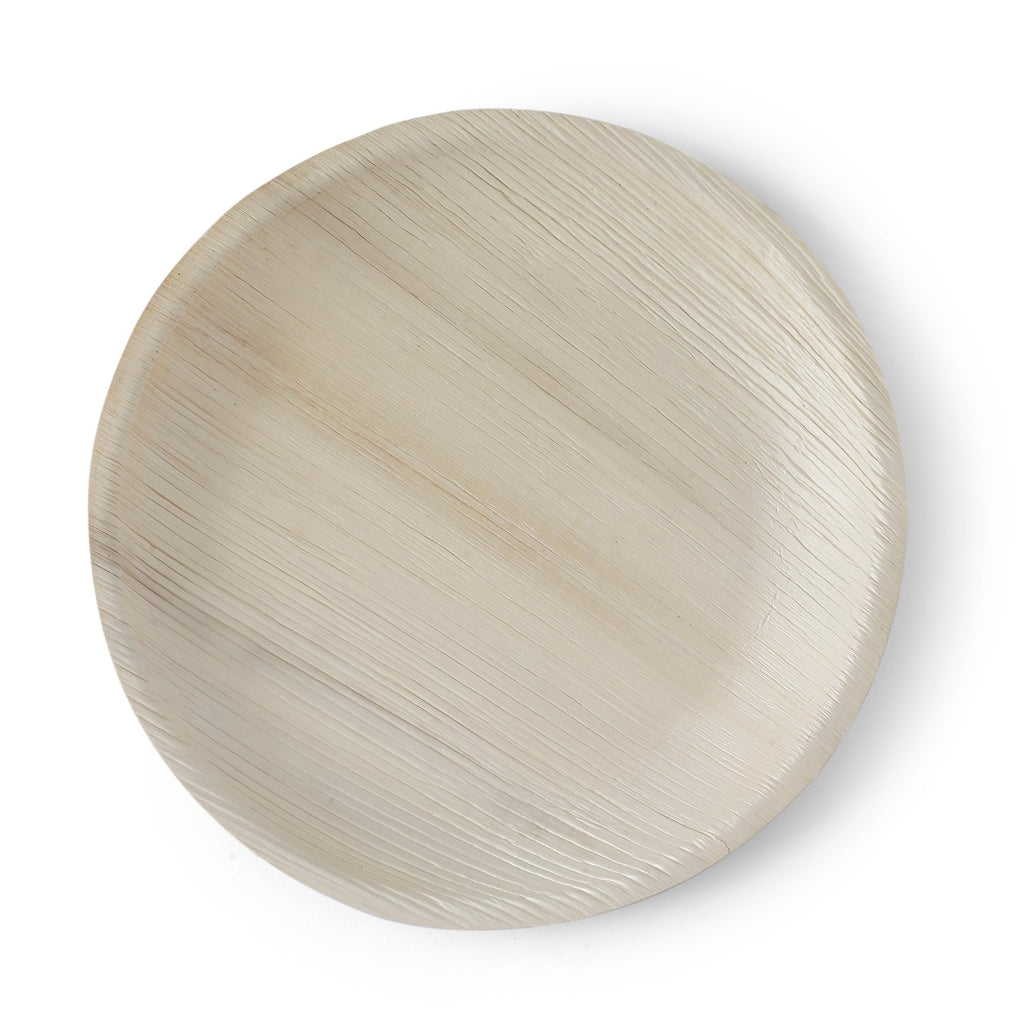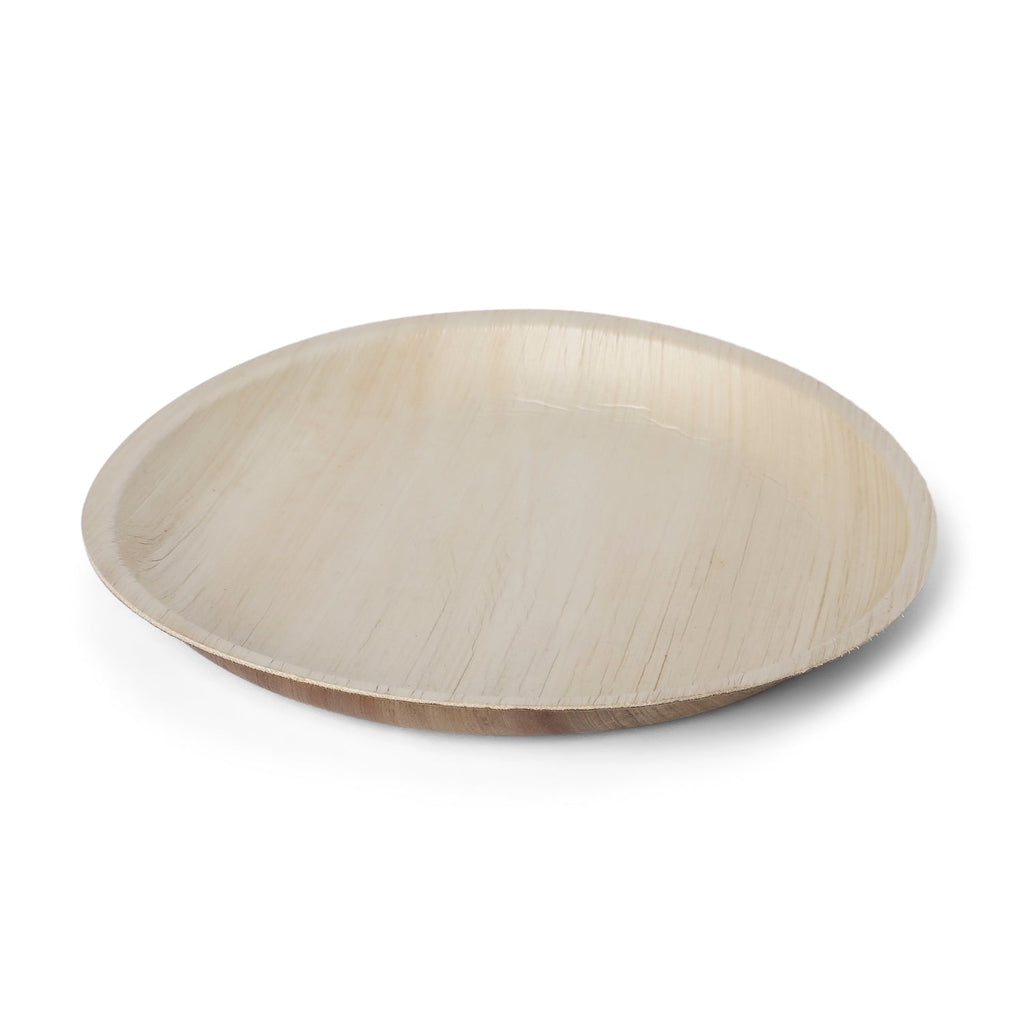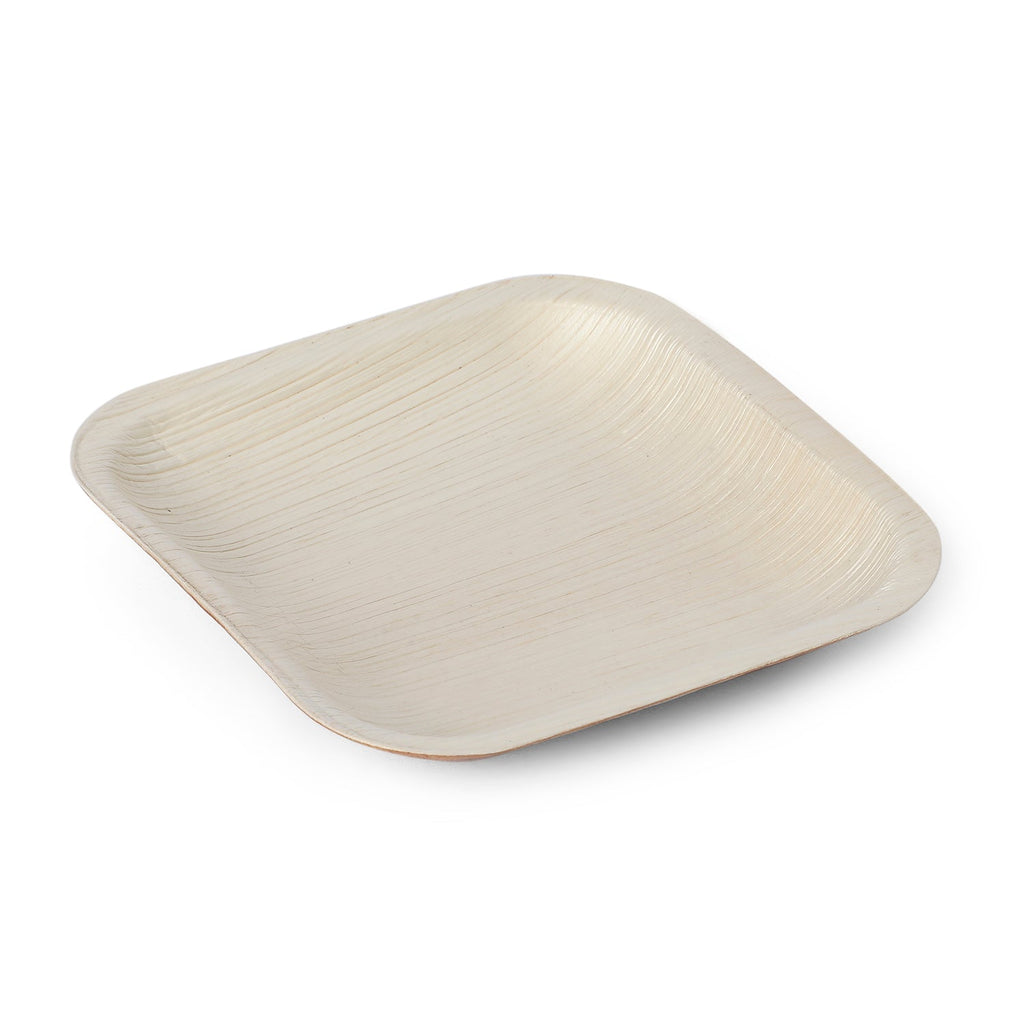
The Eco-Friendly Disposable Plates Manufacturing Process: A Complete Guide

Are you looking for a sustainable and environmentally friendly alternative to plastic plates? The eco-friendly disposable plates manufacturing process provides a solution that reduces waste and pollution while ensuring convenience for consumers and businesses. These biodegradable plates are crafted using natural materials such as sugarcane bagasse, areca leaves, bamboo, cornstarch, and recycled paper, making them a perfect choice for those who care about the planet.
With growing awareness about plastic pollution and increasing government restrictions on single-use plastics, more people are adopting eco-friendly disposable plates for everyday use, events, and businesses. Unlike plastic plates, which take hundreds of years to decompose, these plates naturally break down within months. In this detailed guide, we will explore the eco-friendly disposable plates manufacturing process, including the raw materials used, step-by-step production methods, required certifications, market trends, challenges, and business opportunities.
Why Choose Eco-Friendly Disposable Plates?
The demand for eco-friendly disposable plates has surged due to various environmental and health concerns. Some key reasons why people are shifting towards biodegradable tableware include:
-
Environmentally Safe – These plates decompose naturally within a short period, reducing landfill waste.
-
Chemical-Free – Unlike plastic, they do not contain harmful chemicals like BPA or phthalates.
-
Durability and Strength – Made from plant-based materials, they can withstand hot, cold, and liquid foods without breaking or leaking.
-
Government Support – Many governments worldwide are promoting eco-friendly alternatives through bans on single-use plastics and tax incentives.
-
Consumer Preference – More customers are choosing biodegradable plates due to their sustainability and stylish designs.
By choosing eco-friendly disposable plates, businesses and individuals can play a vital role in reducing pollution and promoting sustainability.
Types of Eco-Friendly Disposable Plates
There are different types of biodegradable plates available, each with its own unique features. The eco-friendly disposable plates manufacturing process varies depending on the material used. Here are the most common types:
-
Sugarcane Bagasse Plates – Made from sugarcane pulp, these plates are compostable, sturdy, and heat-resistant.
-
Areca Leaf Plates – Manufactured from fallen areca palm leaves, they are 100% natural, water-resistant, and chemical-free.
-
Palm Leaf Plates – Created by pressing dried palm leaves, these plates are strong, stylish, and ideal for all types of food.
-
Cornstarch Plates – Biodegradable and lightweight, made from cornstarch-based polymers.
-
Bamboo Plates – Highly durable and reusable, offering a premium eco-friendly alternative.
-
Recycled Paper Plates – Manufactured from post-consumer recycled paper, they are lightweight and cost-effective.
Each of these eco-friendly disposable plates is designed to replace plastic and contribute to a cleaner environment.
Raw Materials Used in Manufacturing
The eco-friendly disposable plates manufacturing process begins with sourcing renewable and biodegradable raw materials. The most commonly used materials include:
-
Sugarcane Bagasse – A fibrous byproduct of sugar production, it is pressed into plates using heat and pressure.
-
Areca Leaves – Naturally shed leaves from the areca palm tree, collected, cleaned, and molded into plates.
-
Bamboo Fiber – A rapidly renewable resource that is biodegradable and compostable.
-
Cornstarch & PLA (Polylactic Acid) – Plant-based biodegradable polymers used for making disposable plates.
-
Recycled Paper – Post-consumer recycled paper is processed into disposable plates.
These materials are selected for their biodegradability, affordability, and eco-friendliness.

Step-by-Step Eco-Friendly Disposable Plates Manufacturing Process
The eco-friendly disposable plates manufacturing process involves several critical steps, from sourcing raw materials to delivering the final product to consumers. Each stage plays a crucial role in ensuring the production of high-quality biodegradable plates that are durable, safe, and environmentally friendly. Below is a detailed breakdown of the step-by-step process involved in manufacturing eco-friendly disposable plates.
1. Collection & Preparation of Raw Materials
The first step in the eco-friendly disposable plates manufacturing process is the selection and collection of high-quality raw materials. Since these plates are biodegradable, the materials must be plant-based, sustainable, and chemical-free.
-
Sourcing – The raw materials, such as sugarcane bagasse, areca leaves, bamboo, cornstarch, and recycled paper, are sourced from farms, mills, or recycling centers.
-
Inspection – The collected materials are carefully inspected to ensure they are free from impurities, chemicals, or contaminants.
-
Cleaning & Drying – The materials are washed to remove dirt, debris, or bacteria and then left to dry completely before further processing.
At this stage, it is essential to choose high-quality materials to ensure the final plates are durable, food-safe, and meet industry standards.
2. Pulping & Shaping the Plates
Once the raw materials are cleaned and dried, they are processed into a moldable form to create different plate shapes and sizes.
-
Sugarcane Bagasse & Bamboo Pulping – The materials are broken down into a fine pulp using water and mechanical processing. This softens the fibers and prepares them for molding.
-
Areca Leaf & Palm Leaf Pressing – For leaf-based plates, no pulping is required. The leaves are directly pressed into desired shapes using a hydraulic press.
-
Cornstarch & PLA Processing – These materials are melted and molded into plate shapes using injection molding techniques.
The pulping and shaping process ensures that the plates have the right thickness, strength, and design for various food applications.
3. Molding & Heat Pressing
This stage is crucial as it determines the structural integrity and durability of the plates. Different molding techniques are used depending on the raw material.
-
Heat-Pressing Molds – The pulp mixture or plant leaves are placed in metal molds, and high heat and pressure are applied to shape them into plates.
-
Die Cutting & Stamping – For materials like recycled paper, a die-cutting machine is used to stamp out the required plate shapes.
-
Multi-Layer Forming – Some manufacturers add additional layers to enhance the strength and moisture resistance of the plates.
The molding process ensures that the plates are sturdy, lightweight, and capable of handling different types of food.
4. Drying & Strengthening
After the plates are molded, they must be properly dried to remove any remaining moisture and ensure they do not lose their shape over time.
-
Oven Drying – The molded plates are placed in industrial ovens at controlled temperatures to harden and stabilize the material.
-
Air Drying – In some cases, plates are left to dry naturally under the sun, a method commonly used in small-scale manufacturing.
-
Moisture Testing – The plates are tested to ensure they contain minimal residual moisture, preventing mold growth during storage.
This step is critical as it improves the shelf life and usability of the plates, making them safe for storage and transportation.
5. Quality Control & Inspection
Before the plates are packaged and sent to the market, they undergo strict quality checks to ensure they meet industry standards and consumer expectations.
-
Strength & Durability Testing – Plates are tested to see if they can hold both hot and cold foods without bending or breaking.
-
Leakage & Grease Resistance Check – Some plates are coated with natural materials like cornstarch to improve water and oil resistance.
-
Food Safety Compliance – The plates must meet FDA (Food and Drug Administration) or CPCB (Central Pollution Control Board) standards to be considered safe for food contact.
Any defective or substandard plates are discarded or recycled to maintain consistent product quality.
6. Packaging & Labeling
Once the plates pass quality checks, they are packaged using sustainable and biodegradable materials to maintain the eco-friendly nature of the product.
-
Plastic-Free Packaging – Most manufacturers use compostable bags, recycled cardboard boxes, or paper-based wraps.
-
Eco-Friendly Labeling – Labels include information about the material used, disposal instructions, and sustainability certifications.
-
Bulk & Retail Packaging – Plates are packed in different quantities, such as small retail packs for households and bulk packs for businesses.
Sustainable packaging ensures that the entire product life cycle remains environmentally friendly and reduces waste.
7. Distribution & Market Supply
The final step in the eco-friendly disposable plates manufacturing process is distributing the products to different market segments.
-
Wholesale & Retail Supply – Plates are sold in supermarkets, restaurants, catering services, and eco-friendly stores.
-
E-Commerce & Online Marketplaces – Many businesses sell biodegradable plates on Amazon, Flipkart, and eco-friendly specialty websites.
-
Direct Business-to-Business (B2B) Sales – Manufacturers partner with hotels, airlines, and food chains looking for sustainable tableware solutions.
As consumer demand for biodegradable and compostable plates increases, manufacturers continue to expand their distribution networks to reach a global audience.

Required Licenses & Certifications
For businesses looking to enter the eco-friendly disposable plates manufacturing industry, the following licenses and certifications are essential:
-
Business Registration – Required to legally operate a manufacturing unit.
-
GST Registration – Necessary for taxation and invoicing.
-
MSME Registration – Allows access to government benefits and subsidies.
-
Trade License – Mandatory for running a commercial enterprise.
-
CPCB Certification – Certifies compliance with environmental safety standards.
-
EPR Registration – Required if plastic packaging is used for plate distribution.
-
Food Safety Certification – Ensures that the plates are safe for food contact.
Acquiring these certifications ensures that the eco-friendly disposable plates manufacturing process meets all legal and safety standards.
Market Trends & Business Opportunities
The demand for eco-friendly disposable plates is rapidly increasing due to:
-
Government bans on single-use plastics, encouraging businesses to adopt biodegradable alternatives.
-
Growing consumer awareness about sustainable products and waste reduction.
-
Increased demand from restaurants, caterers, and event planners for sustainable tableware.
-
Expanding online marketplaces, making it easier to sell biodegradable plates globally.
Investing in the eco-friendly disposable plates manufacturing process presents a lucrative and environmentally responsible business opportunity.
Challenges in the Industry & Solutions
-
High Production Costs – Can be reduced through bulk production and energy-efficient technology.
-
Raw Material Sourcing Issues – Partnering with local suppliers ensures steady supply and lower costs.
-
Consumer Awareness – Marketing strategies such as eco-labeling can help educate consumers.
-
Competition from Plastic Products – Government regulations and consumer demand are shifting preferences toward eco-friendly alternatives.
Despite these challenges, the future of eco-friendly disposable plates manufacturing remains promising.
Conclusion
The eco-friendly disposable plates manufacturing process is a game-changer for reducing plastic waste and promoting sustainable business practices. As more people shift to biodegradable alternatives, the demand for eco-friendly tableware will continue to grow.
By understanding the materials, manufacturing steps, and market trends, businesses can profit while protecting the environment. Whether you're a consumer or an entrepreneur, supporting eco-friendly disposable plates is a step toward a greener planet.
Frequently Asked Questions
Q1. How long does it take for eco-friendly disposable plates to decompose?
Ans. Most biodegradable plates decompose within 30 to 90 days, depending on the material used.
Q2. Can eco-friendly disposable plates be used for hot and liquid foods?
Ans. Yes, they are designed to be heat-resistant, leak-proof, and durable.
Q3. What are the best materials for making eco-friendly disposable plates?
Ans. Sugarcane bagasse, areca leaves, and bamboo fiber are the most sustainable and durable options.
Q4. Are biodegradable plates safe for health?
Ans. Yes, they are free from harmful chemicals and do not release toxins when in contact with food.
Q5. How can I start an eco-friendly disposable plate business?
Ans. You need to source raw materials, invest in machinery, obtain necessary licenses, and market your products effectively.
Q6. Where can eco-friendly disposable plates be sold?
Ans. They can be sold through restaurants, retail stores, e-commerce platforms, and corporate buyers.
Q7. Are biodegradable plates more expensive than plastic plates?
Ans. Initially, they may cost more, but bulk production and increasing demand are making them more affordable.
Q8. What certifications are needed for manufacturing eco-friendly plates?
Ans. Important certifications include CPCB Certification, MSME Registration, GST, and Trade License.





